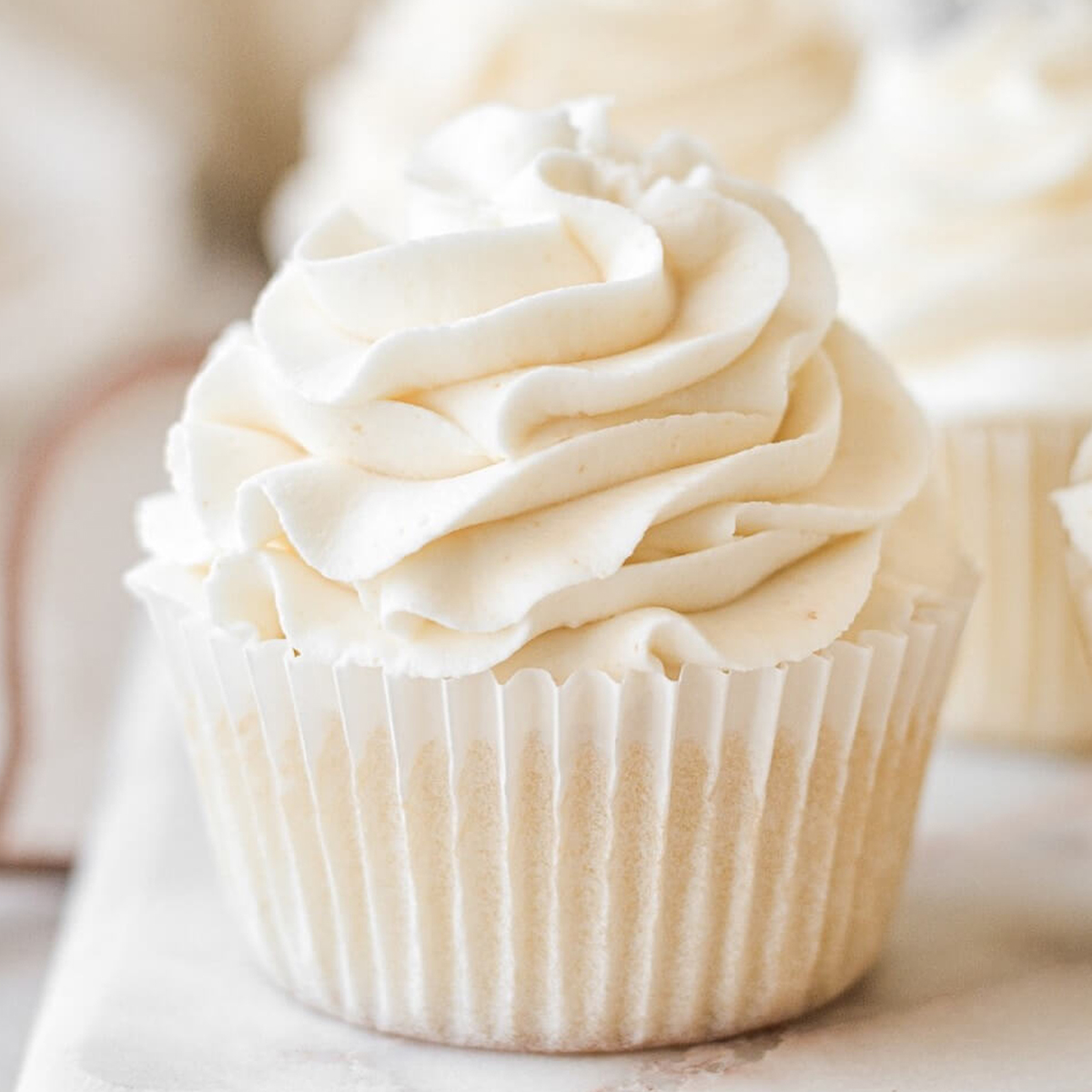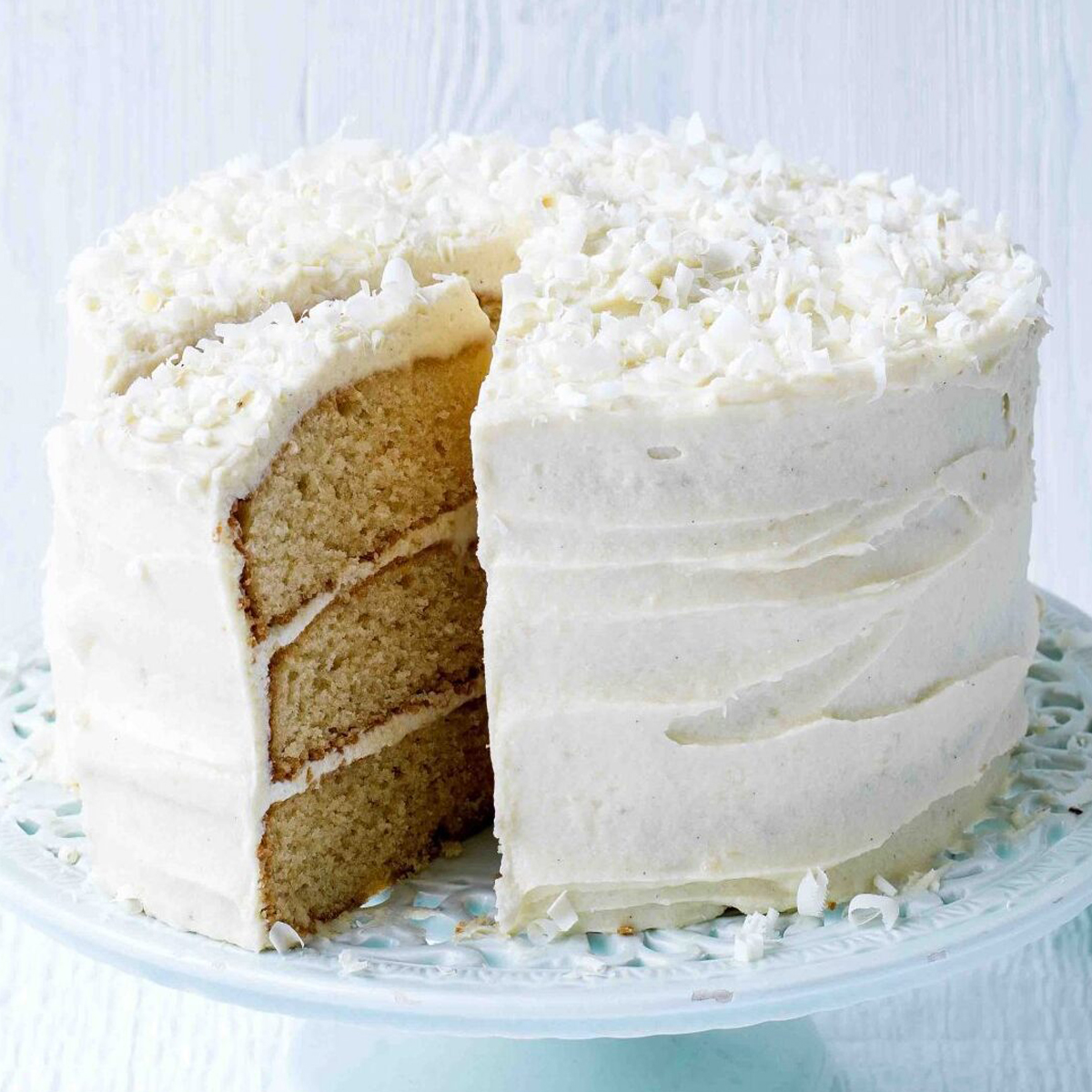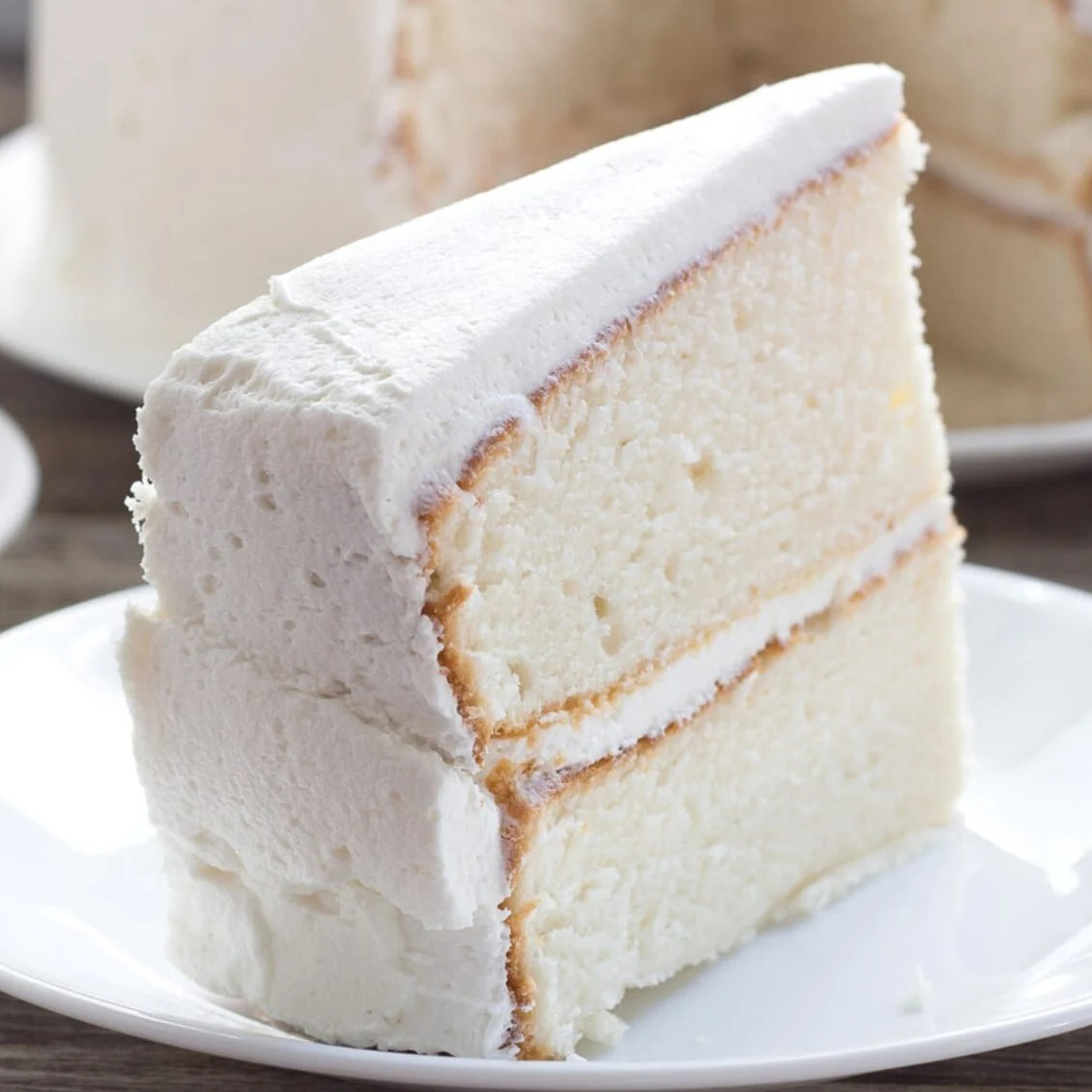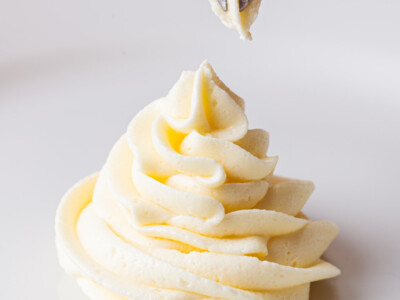The Best Fluffy Pancakes recipe you will fall in love with. Full of tips and tricks to help you make the best pancakes.
Luscious White Sauce Magic
White sauce, also known as béchamel sauce, is a classic and versatile culinary foundation that serves as the base for countless dishes. This creamy and silky sauce is made by combining butter, flour, and milk to create a smooth, thickened mixture with a delicate and neutral flavor. White sauce can be used in both savory and sweet recipes, making it an essential element in a wide range of culinary applications.
Its mild taste makes it an excellent canvas for adding various seasonings, herbs, and ingredients to customize its flavor. White sauce is the building block for dishes such as macaroni and cheese, lasagna, creamy soups, and gratins, while it can also be sweetened and flavored for desserts like vanilla custard or pastry cream. Its versatility, ease of preparation, and adaptability to different cuisines have earned white sauce a well-deserved place in the world of cooking, making it a valuable tool for both home cooks and professional chefs.

What is White Sauce?
White sauce, often referred to as béchamel sauce, is a fundamental and versatile culinary sauce that serves as a base for a wide range of dishes. It’s a creamy, milk-based sauce made by combining three primary ingredients: butter, flour, and milk. The sauce gets its name “white” because of its pale color, which results from using white or all-purpose flour and milk as the main components.
Ingredients for White Sauce:
- Butter: Typically, unsalted butter is used as the fat in white sauce. It provides richness and flavor.
- Flour: White or all-purpose flour is employed as a thickening agent to give the sauce its desired consistency.
- Milk: Whole milk is commonly used to make white sauce, although variations can include cream, half-and-half, or other milk alternatives.
Preparation:
The process of making white sauce involves the following steps:
- Roux Formation: A roux is created by melting butter in a saucepan and gradually adding flour. The mixture is stirred continuously until it reaches a smooth, paste-like consistency.
- Milk Addition: Gradually, milk is added to the roux while stirring constantly to prevent lumps from forming.
- Thickening: The mixture is heated and stirred until it thickens and reaches the desired consistency. This is when the sauce has a smooth and creamy texture.
White sauce serves as a versatile base for various dishes and can be customized by adding seasonings, herbs, cheese, or other ingredients to enhance its flavor. It is commonly used in recipes like macaroni and cheese, lasagna, creamed spinach, soups, and gratins. Additionally, by sweetening and flavoring the sauce, it can be adapted for dessert recipes, such as vanilla custard or pastry cream. White sauce is a fundamental component in many cuisines and is appreciated for its adaptability in both savory and sweet dishes.
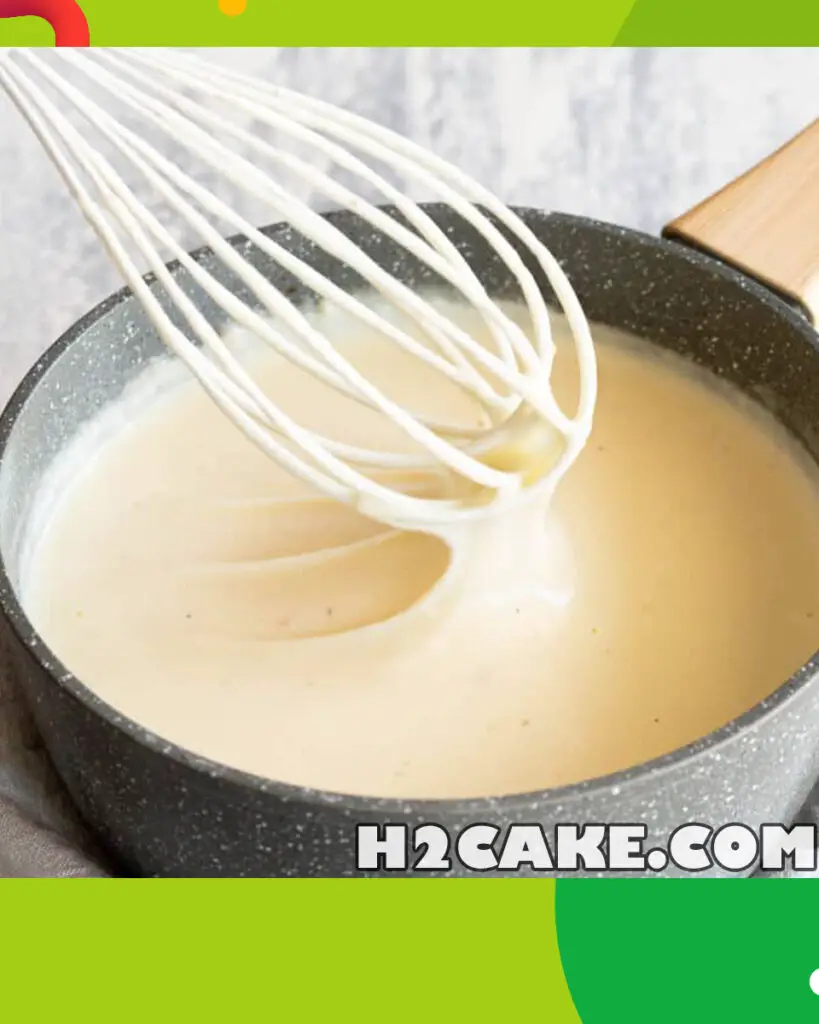
Why you will love White Sauce?
- Versatility: White sauce is incredibly versatile and serves as the foundation for a wide range of dishes. It can be used in both savory and sweet recipes, making it a valuable addition to your culinary repertoire.
- Creamy and Smooth: White sauce has a luscious, creamy, and silky texture that adds a luxurious feel to dishes.
- Neutral Base: The sauce has a mild, neutral flavor, which makes it an excellent canvas for adding a variety of seasonings, herbs, and ingredients to customize its taste to your liking.
- Comfort Food: White sauce is often found in comforting and classic dishes, from macaroni and cheese to creamy soups, making it a go-to for cozy, homestyle meals.
- Building Block: It serves as a fundamental building block for many recipes, allowing you to create rich and flavorful dishes with ease.
- Easy to Make: White sauce is relatively simple to prepare, requiring just a few basic ingredients and a short cooking time.
- Adaptable: You can customize white sauce by adding ingredients like cheese, garlic, mustard, or nutmeg to create variations that suit your taste and the specific dish you’re preparing.
- Culinary Essential: It is a fundamental sauce in classical French cuisine and is widely used in many other culinary traditions, making it an essential component for both home cooks and professional chefs.
- Consistency Control: You have control over the sauce’s thickness, allowing you to create the desired texture for your dishes.
- Satisfying Both Savory and Sweet Cravings: Whether you’re in the mood for a hearty savory meal or a sweet dessert, white sauce can be adapted to satisfy your culinary desires.
With its adaptability, creamy texture, and ability to enhance a wide range of dishes, white sauce is a valuable tool in the kitchen that provides endless possibilities for creating delicious meals. It’s a sauce loved by both home cooks and culinary enthusiasts for its comfort, convenience, and culinary creativity.
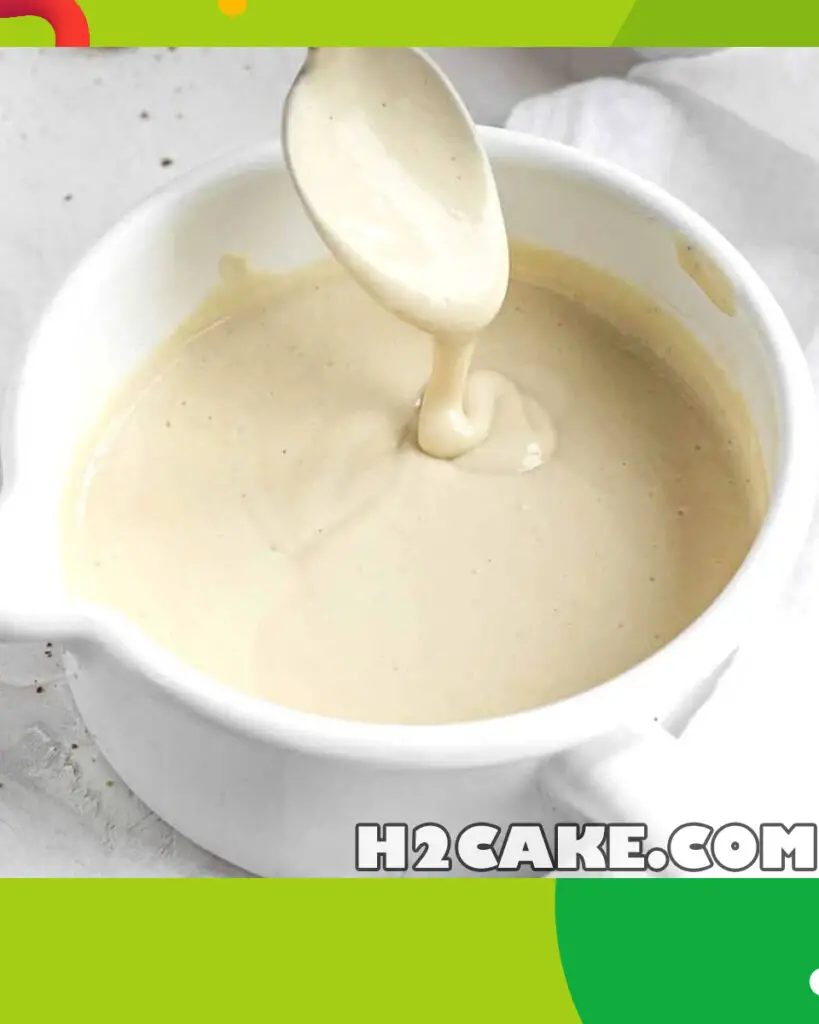
White Sauce Recipe (béchamel sauce)
Ingredients:
- 2 tablespoons unsalted butter
- 2 tablespoons all-purpose flour
- 2 cups whole milk (or your choice of milk or cream)
- Salt and white pepper, to taste
- A pinch of nutmeg (optional)
Instructions:
- Prepare Ingredients:
- Measure out all the ingredients before you start cooking to ensure a smooth preparation process.
- Start the Roux:
- In a saucepan, melt the unsalted butter over medium heat. Be careful not to let it brown.
- Add Flour:
- Once the butter is fully melted, add the all-purpose flour to the pan. Stir continuously with a wooden spoon or a whisk to create a smooth paste, also known as a roux.
- Cook Roux:
- Cook the roux for 1-2 minutes, stirring constantly. This helps eliminate the raw taste of the flour.
- Add Milk Gradually:
- Gradually add the milk to the roux, about a quarter at a time, while continuing to stir. Stir until smooth and incorporated before adding more milk.
- Thicken the Sauce:
- Keep stirring the sauce over medium heat until it thickens, usually in about 10-15 minutes. It should coat the back of a spoon, and when you draw a line with your finger on the back of the spoon, it should hold its shape.
- Seasoning:
- Season the sauce with a pinch of salt, white pepper (for a smooth appearance), and a pinch of nutmeg if desired. Taste and adjust the seasoning to your liking.
- Final Check:
- Once you’ve achieved the desired thickness and seasoning, remove the saucepan from heat. Taste again to ensure it’s to your preference.
- Strain (Optional):
- For an even smoother sauce, you can strain it through a fine-mesh sieve to remove any potential lumps.
- Use or Store:
- The white sauce is now ready to be used in your favorite dishes. If you’re not using it immediately, keep it warm or cover the surface with plastic wrap to prevent a skin from forming.
White sauce can be used as a base for various dishes, from casseroles and pasta dishes to soups and gratins. Its versatility makes it a valuable component in your culinary repertoire.
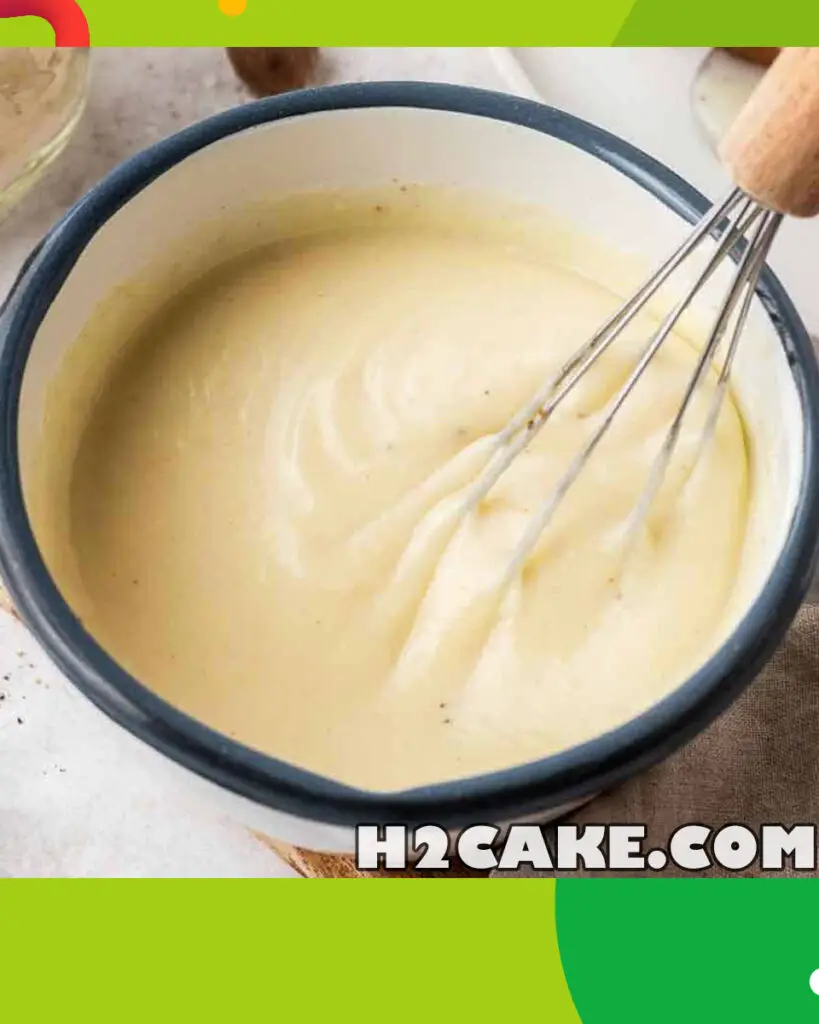
How to serve White Sauce
White sauce, also known as béchamel sauce, is a versatile and fundamental component that can be served in various ways and paired with a wide range of dishes. Here are some common serving methods for white sauce:
- As a Pasta Sauce: White sauce can be used as a creamy pasta sauce for dishes like fettuccine Alfredo or pasta primavera. Simply toss cooked pasta in the sauce and top with your choice of additional ingredients like vegetables, chicken, or seafood.
- In Casseroles: White sauce is often used as a component in casseroles, such as chicken and broccoli casserole, to provide a creamy and rich texture.
- In Lasagna and Gratin Dishes: It’s used in layering dishes like lasagna and au gratin to add creaminess and bind the ingredients together.
- In Creamy Soups: White sauce can be added to soups, like cream of mushroom or cream of asparagus, to thicken and provide a velvety texture.
- As a Dipping Sauce: Use it as a dipping sauce for items like breadsticks, chicken tenders, or fried vegetables. You can customize the sauce with herbs and seasonings to suit the dish.
- On Vegetables: Pour white sauce over steamed or roasted vegetables, such as cauliflower or asparagus, to enhance their flavor and create a side dish.
- In Croquettes: It’s a key ingredient in dishes like chicken croquettes, providing the creamy filling.
- For Baking: Use white sauce as a base for baking dishes like chicken pot pie or seafood pie. It adds a comforting texture to the filling.
- In Breakfast Dishes: Incorporate white sauce into breakfast dishes, such as biscuits and gravy, to create a savory, creamy topping for biscuits.
- As a Base for Sauces: Customize white sauce by adding ingredients like cheese, mustard, herbs, or spices to create different sauces, such as Mornay sauce or cheese sauce for macaroni and cheese.
- In Desserts: Sweetened white sauce can be used in dessert recipes like pastry cream or as a base for bread pudding.
When serving white sauce, keep in mind that its neutral flavor can be enhanced with the addition of seasonings and complementary ingredients to suit the specific dish you’re preparing. Its adaptability and creaminess make it a valuable component for a wide variety of culinary creations.
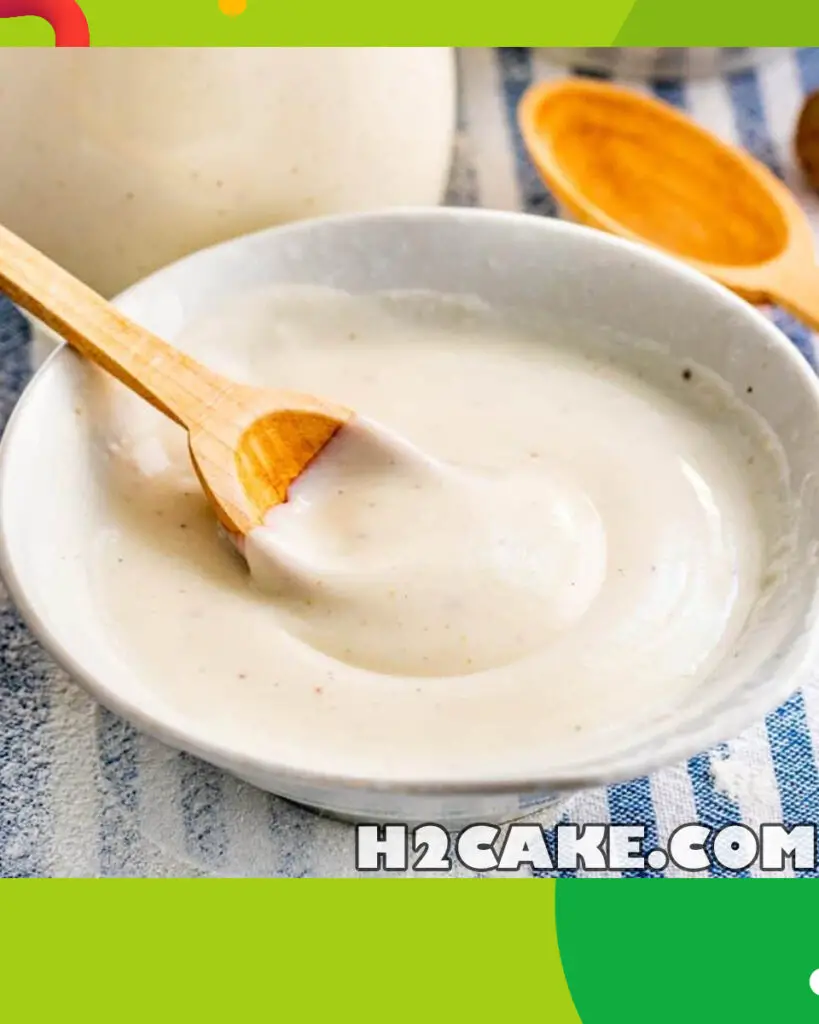
How to store White Sauce
Storing white sauce properly is crucial to maintain its quality and prevent spoilage. Here’s how to store white sauce:
- Cool to Room Temperature: Before storing, allow the white sauce to cool to room temperature. This helps prevent condensation inside the storage container.
- Airtight Container: Transfer the white sauce to an airtight container with a secure lid. Glass or plastic containers with a tight seal work well.
- Cover the Surface: To prevent a skin from forming on the sauce, press a piece of plastic wrap directly onto the surface of the sauce before sealing the container. This creates a barrier and helps maintain its smooth texture.
- Labeling: Consider labeling the container with the date of preparation, which makes it easier to keep track of freshness.
- Refrigeration: Store the container with the white sauce in the refrigerator. It can typically be refrigerated for up to 3-4 days.
- Freezing (Optional): If you want to store the sauce for a longer period, you can freeze it. Use a freezer-safe container, and leave some room at the top for expansion. White sauce can be frozen for up to 2-3 months. Thaw it in the refrigerator before reheating.
- Check for Freshness: Before using any stored white sauce, check for signs of spoilage, including unusual odors, mold growth, or changes in color or texture. If the sauce has gone bad, discard it.
When reheating stored white sauce, do so gently over low heat, stirring continuously to ensure it regains its smooth consistency. Proper storage and reheating techniques help maintain the quality and safety of the sauce for later use.
You Might Also Like These Recipes
Tips to make perfect White Sauce
Making a perfect white sauce, also known as béchamel sauce, can be achieved with attention to detail and a few key tips. Here’s how to make a flawless white sauce:
- Use Fresh Ingredients:
- Start with fresh and high-quality ingredients, including butter, flour, and milk. Freshness enhances the sauce’s flavor.
- Equal Parts Butter and Flour:
- Use equal parts of butter and flour by weight (e.g., 2 tablespoons of butter and 2 tablespoons of flour) to create a balanced roux.
- Clarify the Butter (Optional):
- Clarifying the butter by melting it and removing the milk solids can result in a clearer white sauce, but it’s optional.
- Cook the Roux Thoroughly:
- Cook the roux (butter and flour mixture) for 1-2 minutes over medium heat, stirring constantly. This helps eliminate the raw taste of the flour.
- Use a Whisk:
- A whisk is excellent for stirring and creating a smooth roux, ensuring there are no lumps.
- Add Milk Gradually:
- Gradually add the milk, about a quarter at a time, while stirring constantly. Ensure each addition is fully incorporated before adding more. This prevents lumps.
- Stir Continuously:
- Stir the sauce constantly while heating to ensure it thickens evenly. Use a wooden spoon or a whisk to prevent sticking and lump formation.
- Thicken Gradually:
- Allow the sauce to thicken gradually over medium heat. Rushing the process can lead to an inconsistent texture.
- Seasoning:
- Season the sauce with a pinch of salt, white pepper (for a smooth appearance), and, if desired, a pinch of nutmeg. Taste and adjust the seasoning to your liking.
- Consistency Control:
- Adjust the sauce’s thickness by adding more milk to thin it or letting it cook longer to thicken further. You have control over the consistency.
- Final Check:
- Taste the sauce to ensure it’s to your liking. Adjust the seasoning if necessary.
- Strain (Optional):
- For an even smoother sauce, you can strain it through a fine-mesh sieve to remove any potential lumps.
- Use Freshly Made: Béchamel sauce is best when used freshly made, but it can also be stored for later use following proper storage guidelines.
By following these tips and techniques, you can create a perfect white sauce with a smooth, creamy texture that enhances a wide variety of dishes.
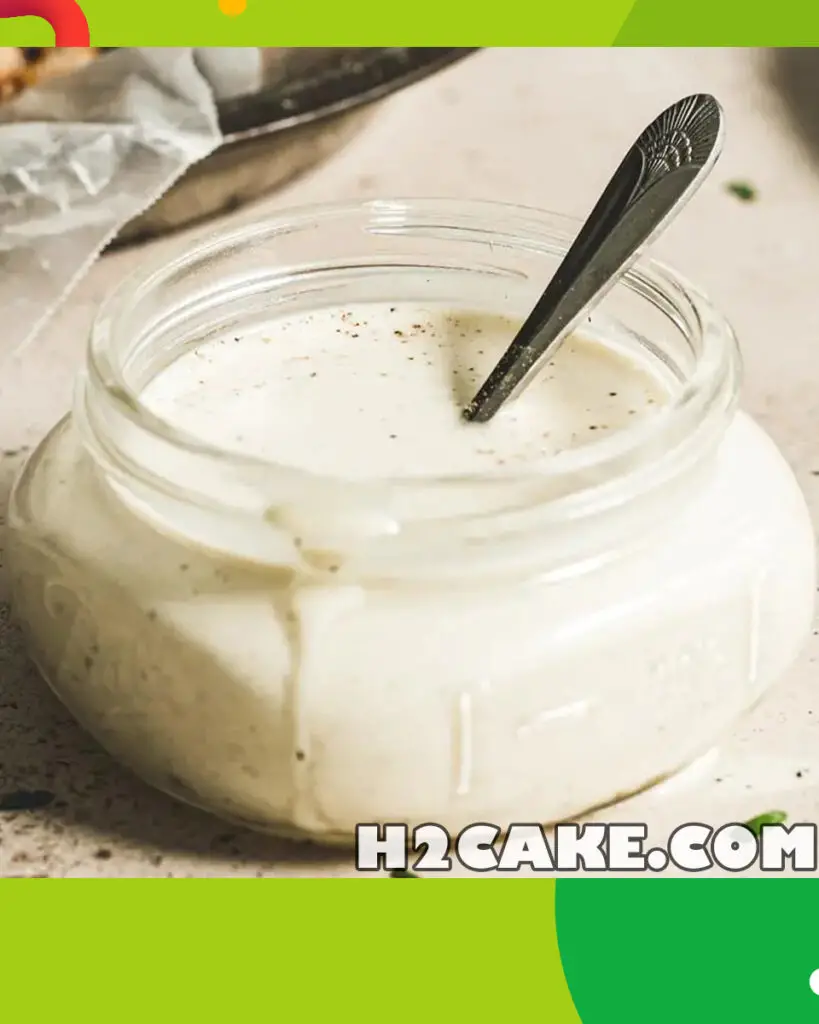
FAQ’s
1. Why is my white sauce lumpy?
- Lumpy white sauce is typically due to inadequate mixing or adding the milk too quickly. To fix it, use a whisk to vigorously stir the sauce until it becomes smooth. In the future, add the milk more gradually and whisk continuously.
2. How do I make a gluten-free white sauce?
- To make a gluten-free white sauce, substitute wheat flour with a gluten-free alternative like rice flour or cornstarch. Use the same ratio of fat to flour (e.g., butter to rice flour).
3. Can I use margarine instead of butter?
- While butter is the traditional choice, you can use margarine as a substitute. Just be aware that the flavor may vary slightly.
4. Why is my white sauce too thin?
- If your white sauce is too thin, it may not have cooked long enough to thicken properly. Continue to heat it over low to medium heat, stirring constantly, until it reaches the desired thickness.
5. My white sauce tastes bland. How can I enhance the flavor?
- To enhance the flavor of your white sauce, you can add seasonings like garlic, herbs (such as thyme or parsley), grated Parmesan cheese, or a pinch of nutmeg. Taste and adjust to your preference.
6. What is the difference between béchamel sauce and white sauce?
- Béchamel sauce and white sauce are essentially the same thing. Béchamel is a French mother sauce made from a roux and milk, while white sauce is the English equivalent. The terms are often used interchangeably.
7. Can I make white sauce in advance and reheat it?
- Yes, you can make white sauce in advance and reheat it. Gently reheat it over low heat, stirring continuously, until it regains its desired consistency. Add a little extra milk if needed.
8. How long can I store white sauce in the refrigerator?
- White sauce can typically be refrigerated for 3-4 days. Ensure it’s stored in an airtight container with plastic wrap pressed onto the surface to prevent a skin from forming.
9. Can I freeze white sauce?
- Yes, you can freeze white sauce for up to 2-3 months. Use a freezer-safe container and leave some room for expansion. Thaw it in the refrigerator before reheating.
10. My white sauce is too salty. How can I fix it?
- If the sauce is too salty, try to dilute the saltiness by adding more unsalted milk. Taste as you go to prevent overcorrection.
These FAQs and troubleshooting tips should help you address common issues and create a perfect white sauce for your culinary creations.
Nutrition information
The nutritional content of white sauce, also known as béchamel sauce, can vary based on the specific recipe and serving size. Here’s a general approximation of the nutritional information for a typical white sauce made with butter, flour, and whole milk, per one-cup serving:
- Calories: 120-150 calories
- Total Fat: 7-9 grams
- Saturated Fat: 4-5 grams
- Cholesterol: 20-25 mg
- Sodium: 100-150 mg
- Total Carbohydrates: 9-12 grams
- Dietary Fiber: 0 grams
- Sugars: 5-6 grams
- Protein: 3-4 grams
Please note that these values are approximate and can vary based on the specific ingredients and ratios used in your white sauce recipe. The use of other types of milk, cream, or variations in the butter-to-flour ratio can impact the nutritional content.
If you have specific dietary concerns or requirements, it’s advisable to calculate the exact nutritional information based on your chosen recipe and ingredients. Additionally, making adjustments to the recipe, such as using low-fat milk or a butter substitute, can reduce the calorie and fat content while maintaining the creamy texture of the sauce.


